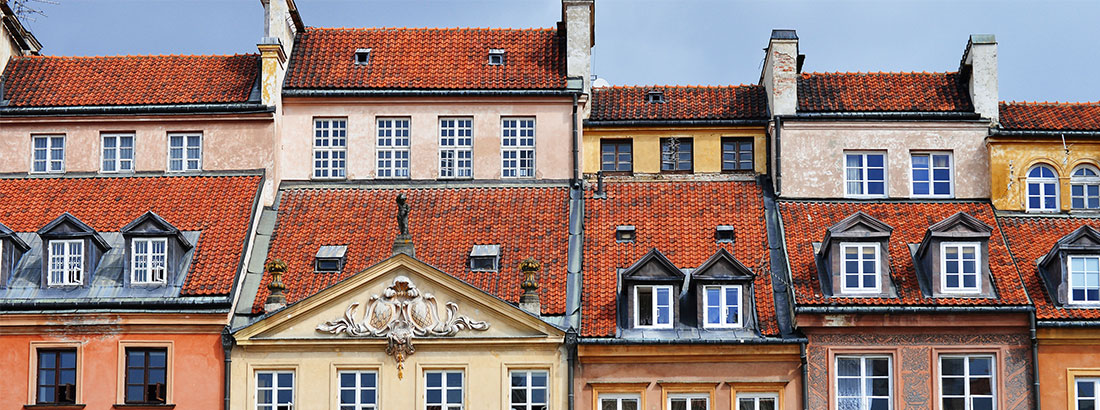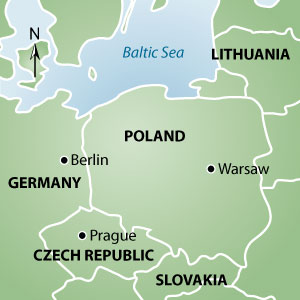The Poland of today, after a recent and expanding wave of modernization, mixes cosmopolitan infrastructure and historical architecture to create a fascinating convergence in its urban centres, but also offers a wild hinterland for intrepid travellers. The city of WrocÅ‚aw is known as the “Venice of the north” with its many bridges and waterways; Kraków – the 1000-year-old former capital – dazzles with medieval, renaissance and gothic influences; and capital Warsaw has some of the finest reconstructions of cultural buildings in Europe. Warsaw is also one of Europe’s greenest cities, which reflects a nationwide commitment to preservation of natural spaces, of which there are many. BiaÅ‚owieża National Park is a stand-out, housing one of the oldest primeval forests remaining in the continent. It is also home to a small population of European Bison. Rugged terrain can be found in the country’s far south where three mountain ranges lie; the wet, lowland Biebrza National Park in the northeast is an important staging and breeding area for migratory birds. Summer visits to the Baltic coast are popular and offer a chance to mix fresh seafood with national specialties such as pierogis.


